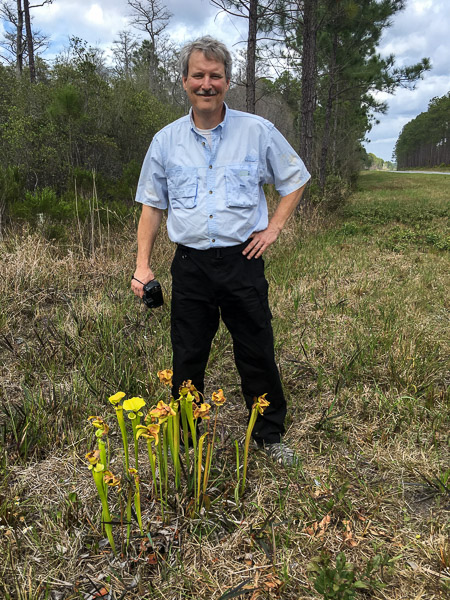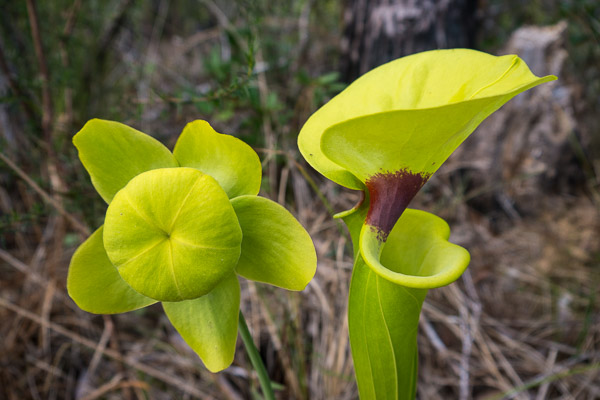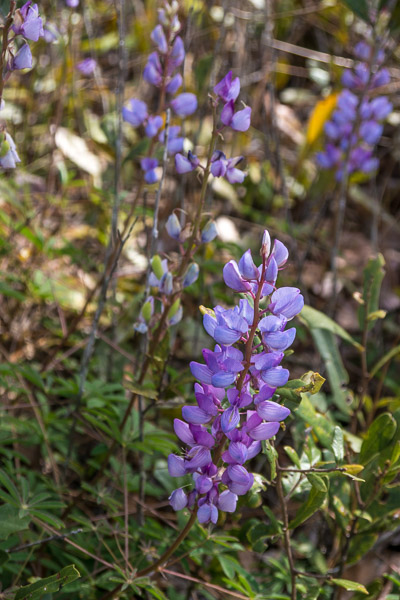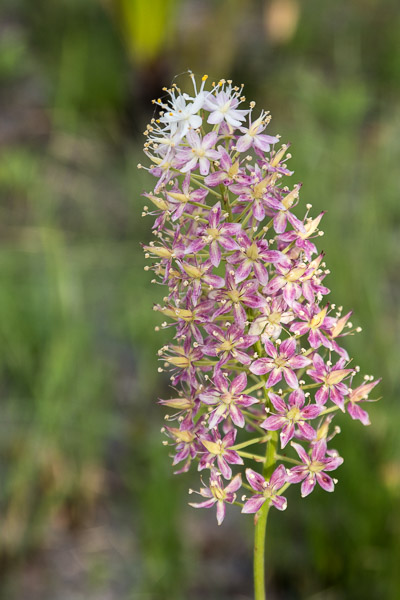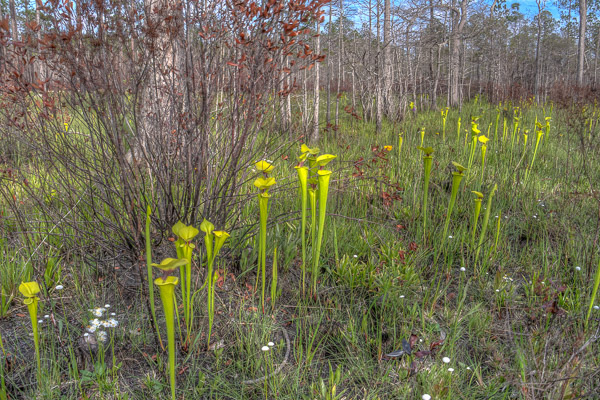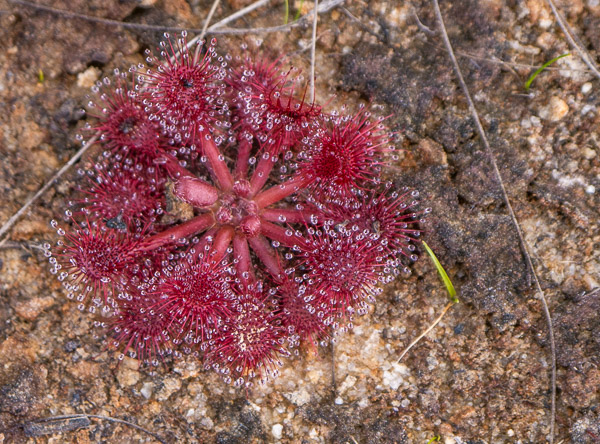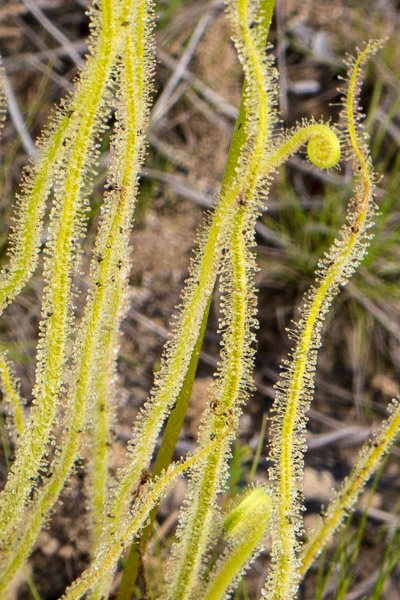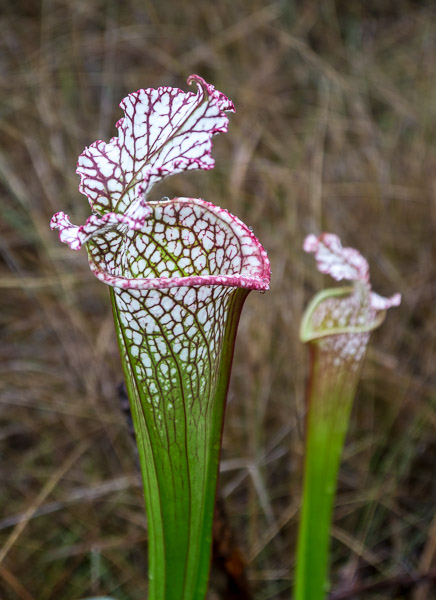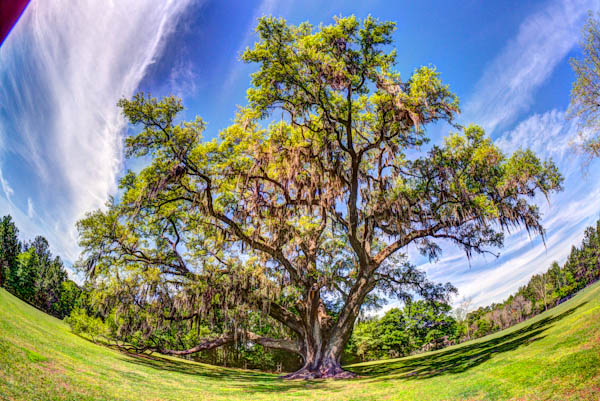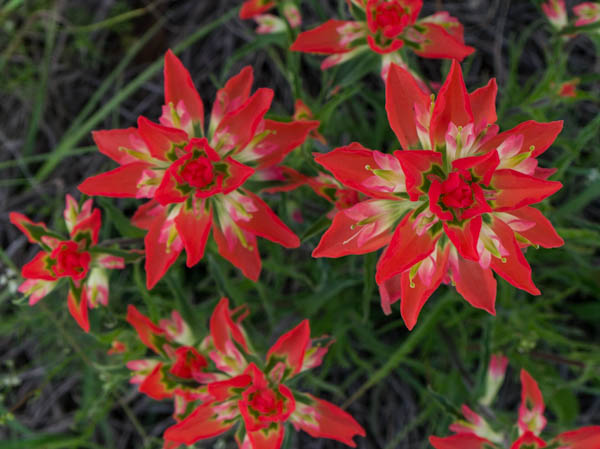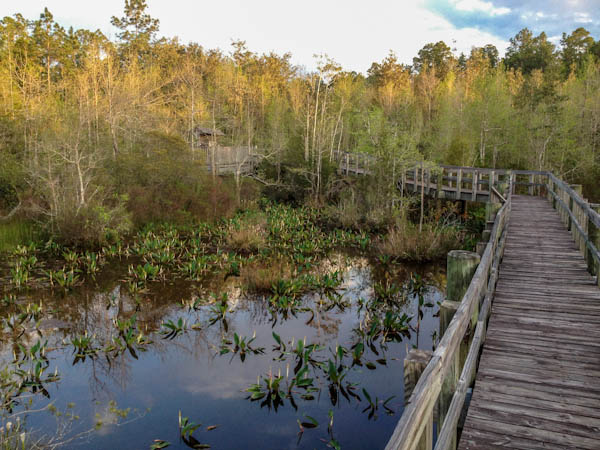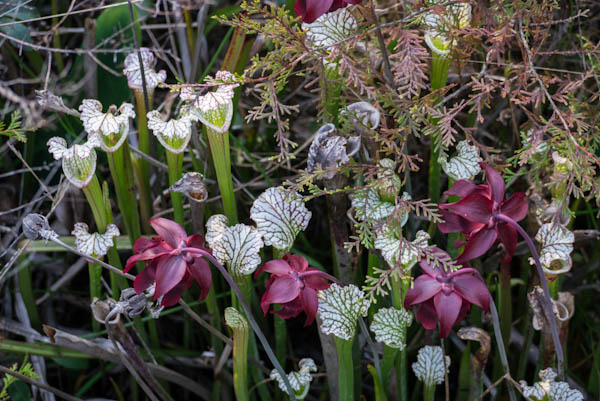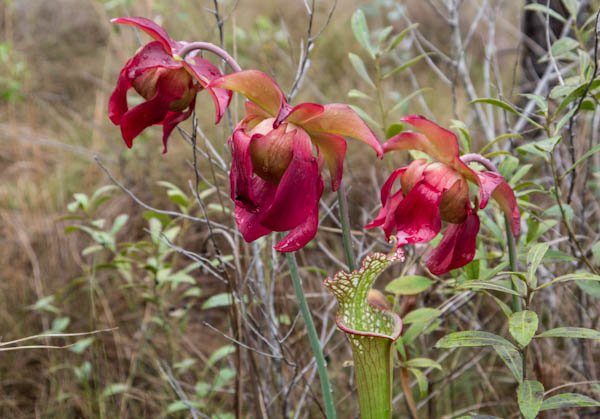This year we returned to the Gunflint Trail and entered via Poplar Lake. [Gallery] Our party of four became just Ross and I due to circumstances beyond anyone’s control. This was exacerbated by horrendous wind and cold rain on the drive up. Fortunately we had a place to stay (a family cabin) and waited an extra day for the weather to improve.
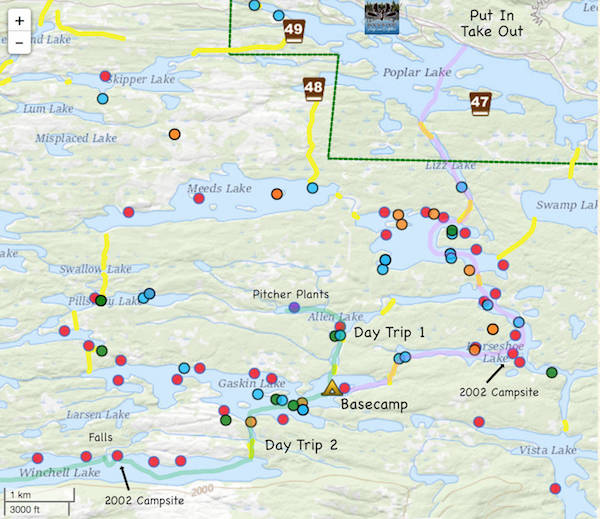
Crossing Poplar turned out to be the hardest part of the trip. We started with a cold headwind and couldn’t find the portage at first.
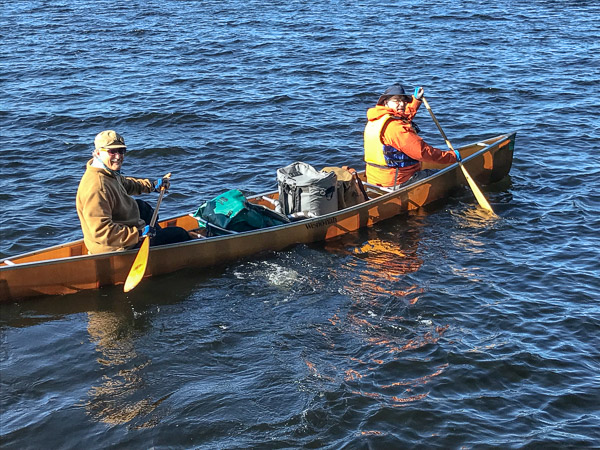
After that everything fell into place, the weather improved and we made good time by double-packing. We arrived on Gaskin Lake by mid-afternoon and snagged one of the best campsites located on a small island.
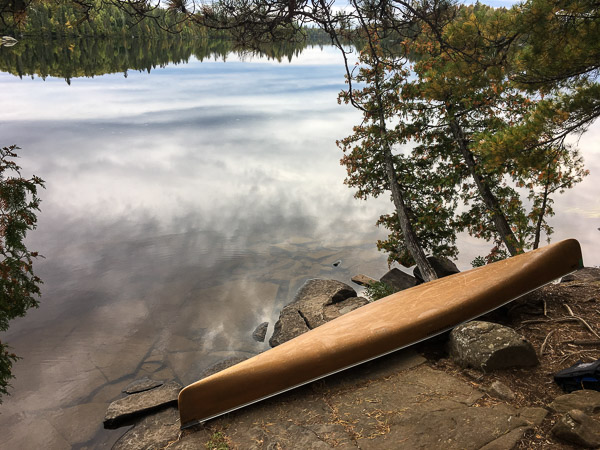

I found a great place to hang my hammock tent just above a short cliff.
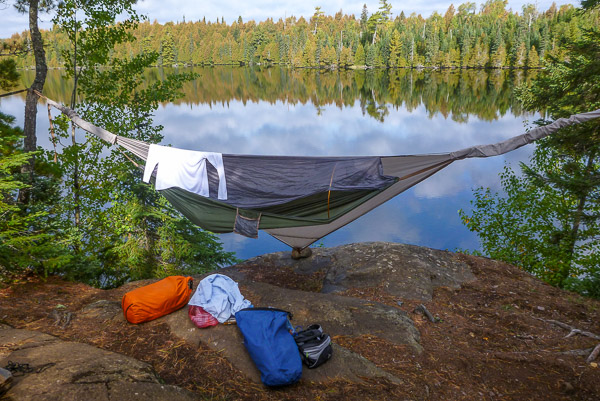
There were several great viewpoints where we had happy hour and meals. The bugs were few and the weather mild.
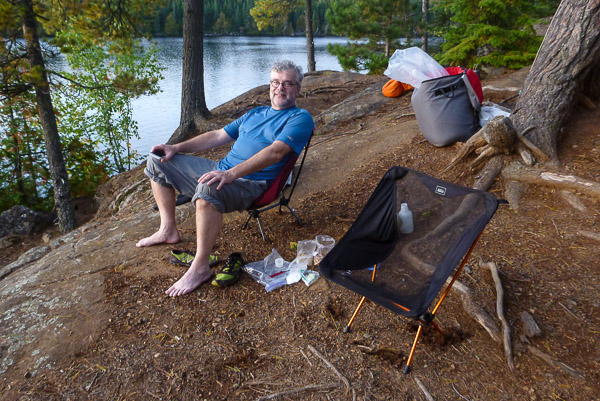
The sunsets were spectacular, especially with a pair of loons to serenade us.
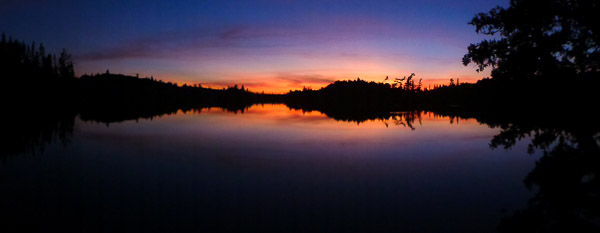
Our first day trip led us north to Allen Lake, which has a single campsite. It is long, thin and pretty shallow. On the western end it is surrounded by bog with many pitcher plants.
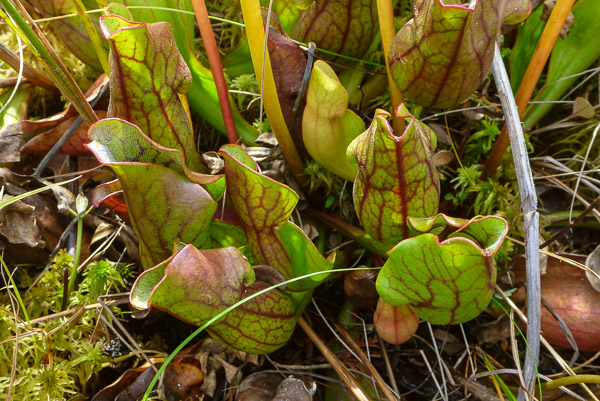
Since we were camped on a small island, we collected firewood on the way back.
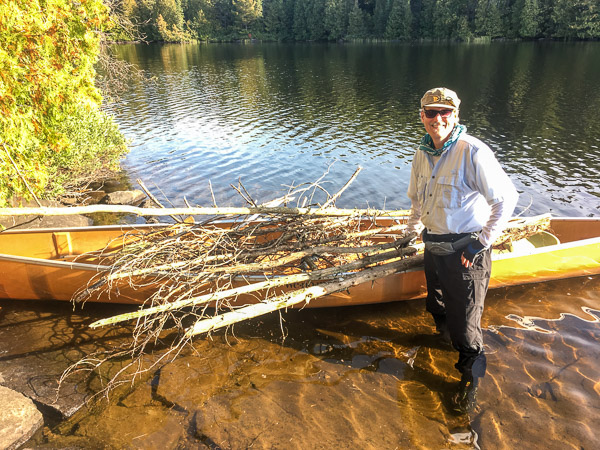
And we both went swimming off a very convenient rock ledge.
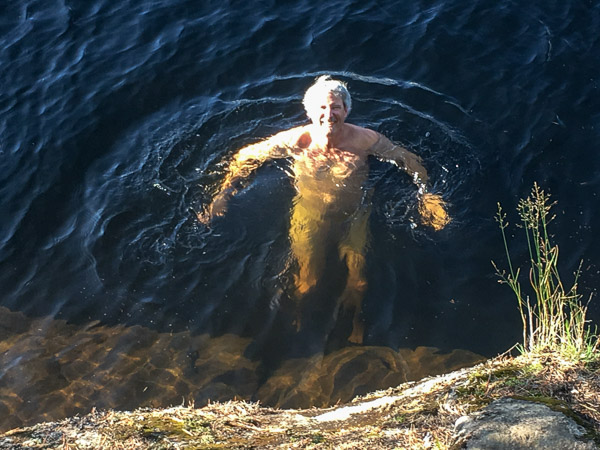
Next day Ross cooked up one of his famous breakfasts.
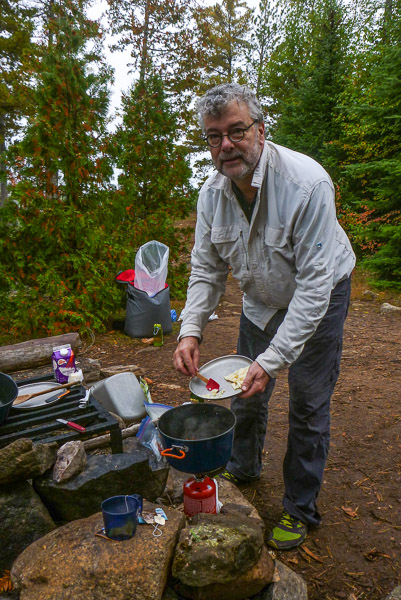
And we headed out to Winchell Lake for the day. This is one of the best lakes in the BWCA. Its south shore is defined by the Misquah Hills, which rise up several hundred feet and even sport a few cliffs. The north shore is much lower and all the campsites are located along it. Some of the area has burned in the past few decades creating a mosaic of different forest types.
We revisited a campsite I stayed at in 2002. It looked even better! Nearby was a small waterfall draining out of the lake. It has a pool big enough to bathe in and a nice white cedar grove below.
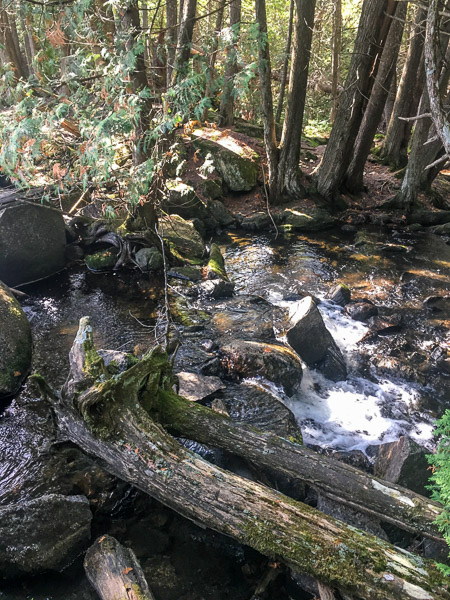
The trip out was uneventful with lots of fall color showing along the portages.
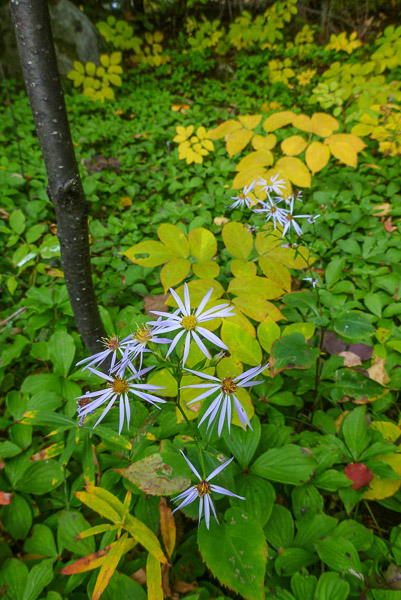
Until next time…

